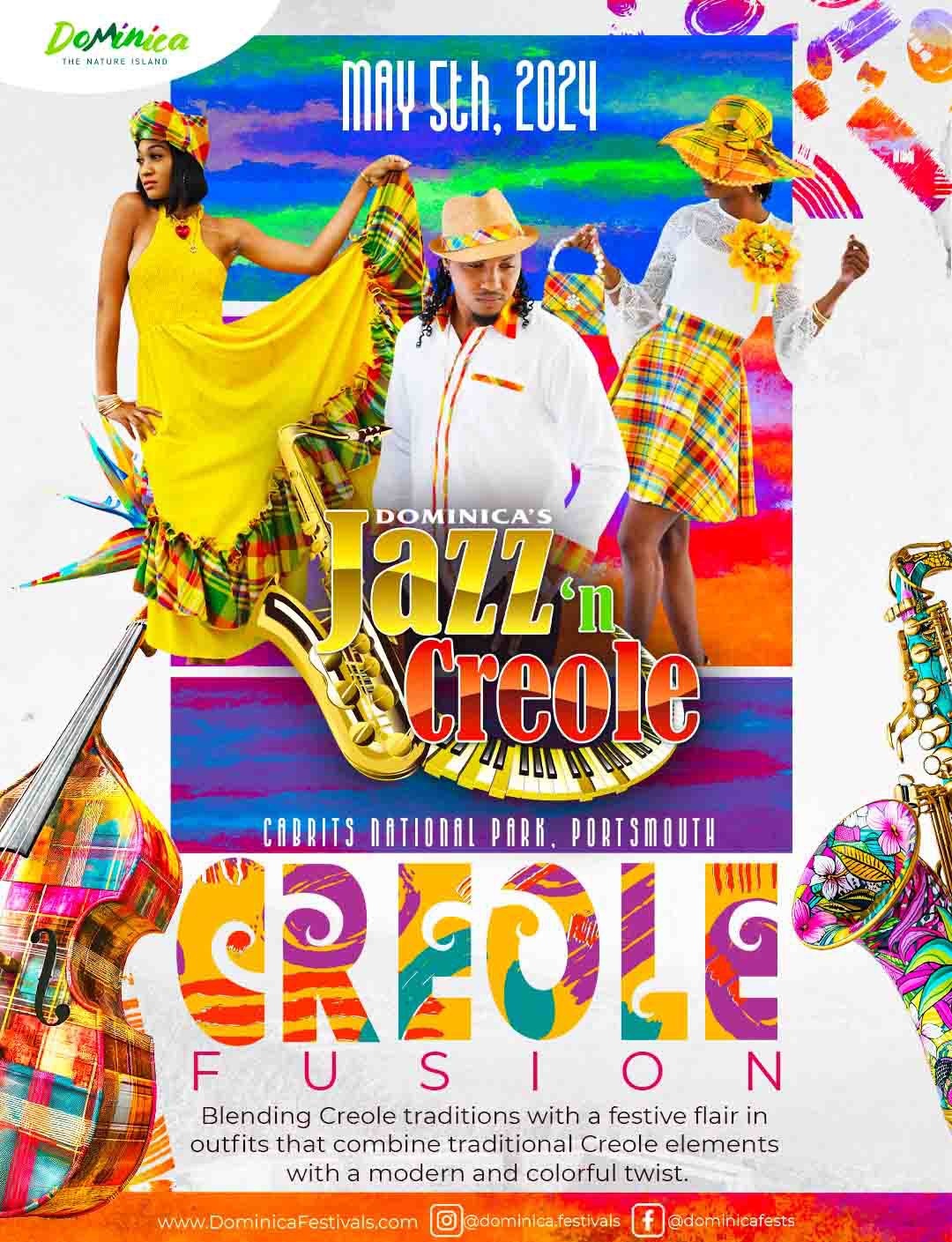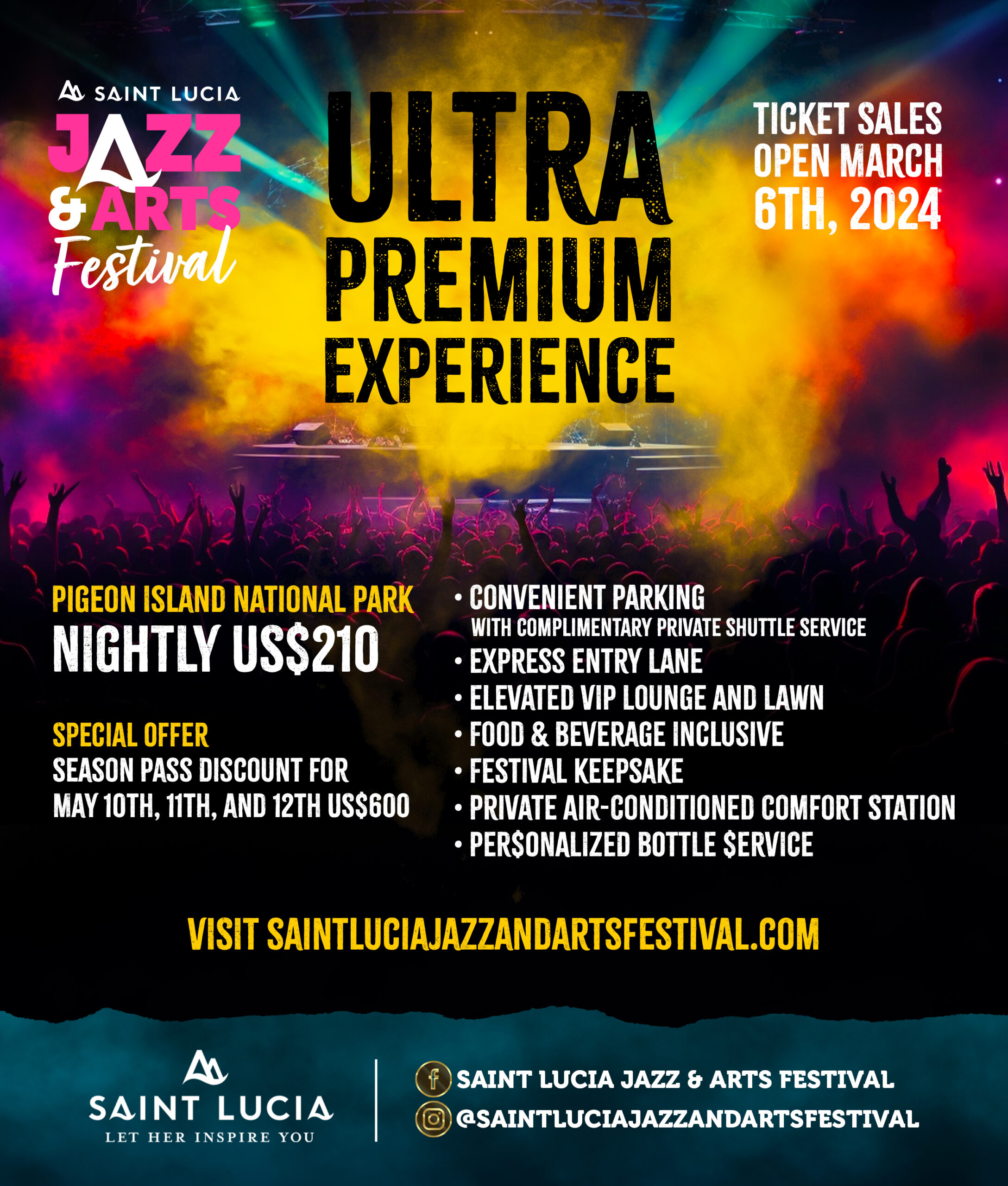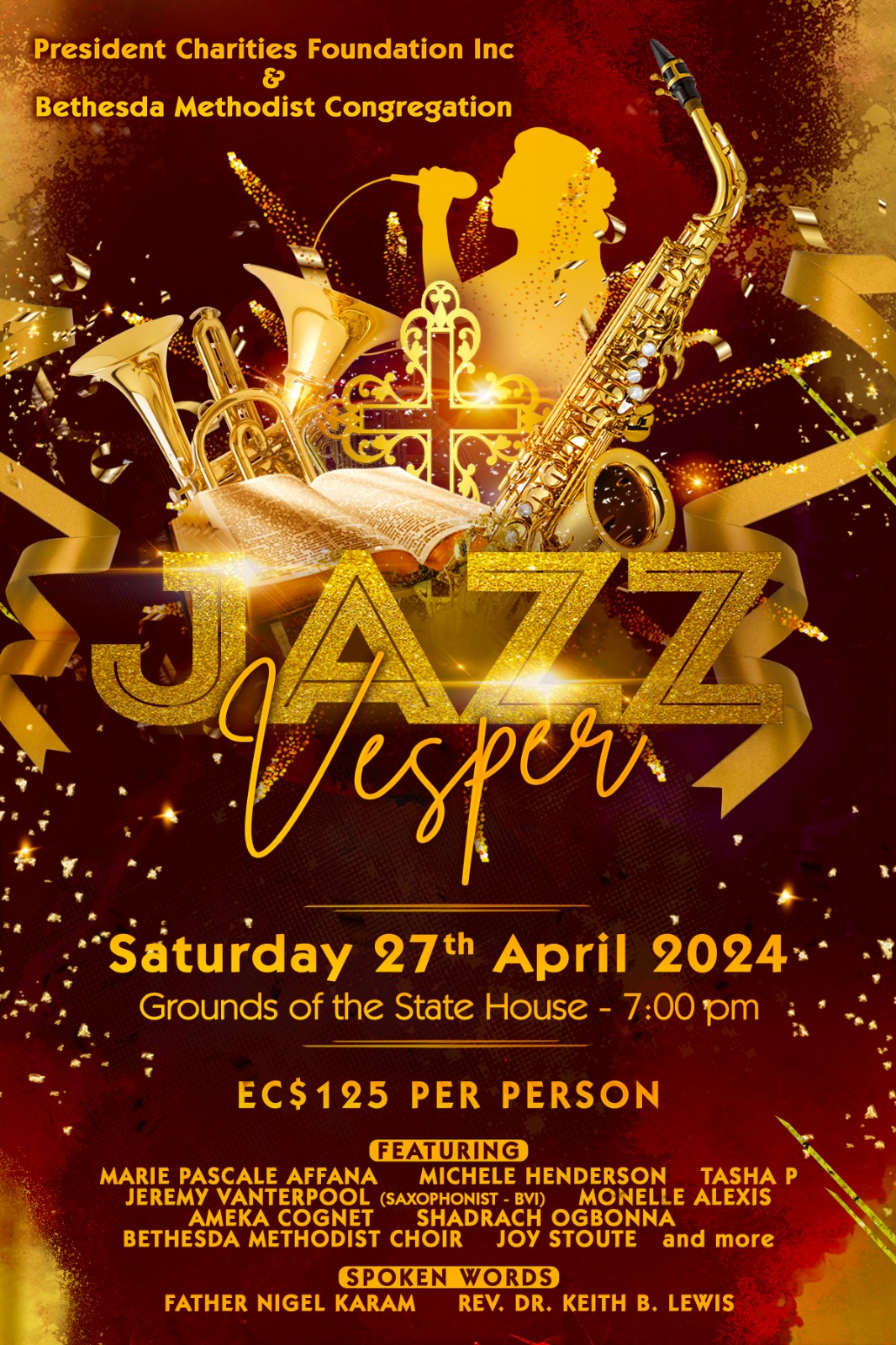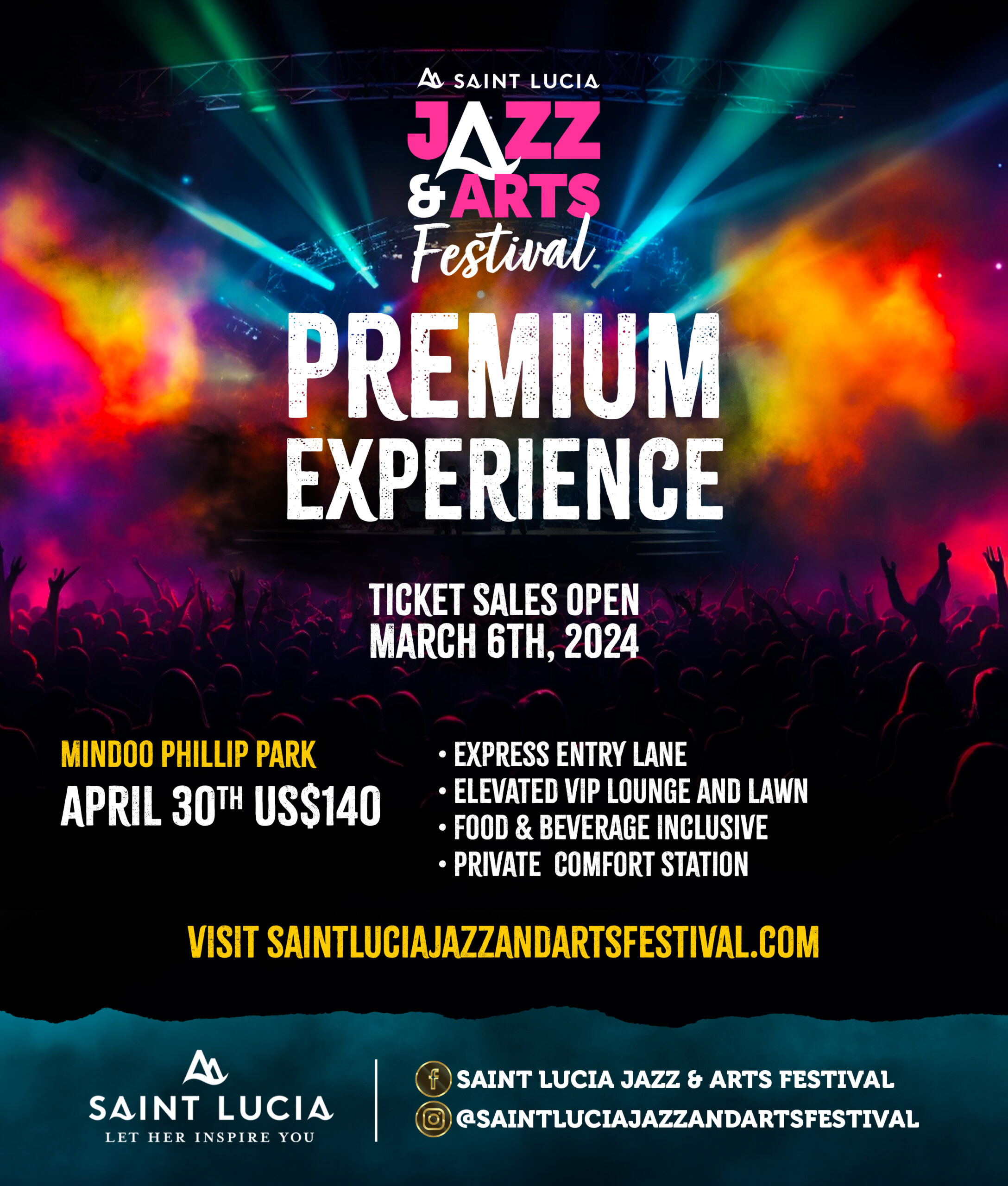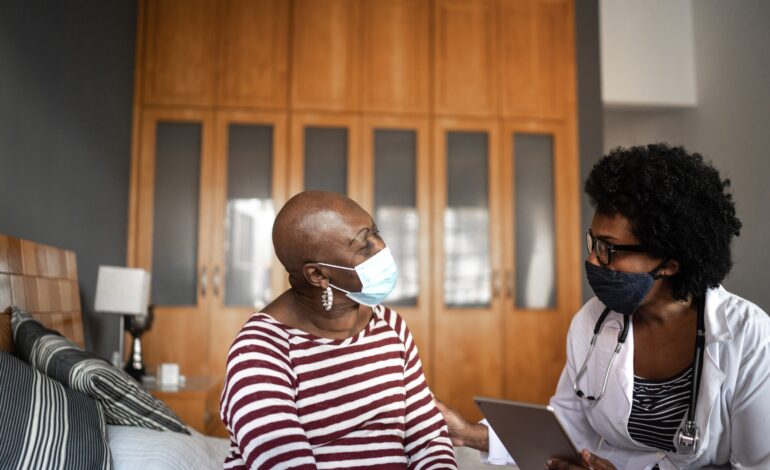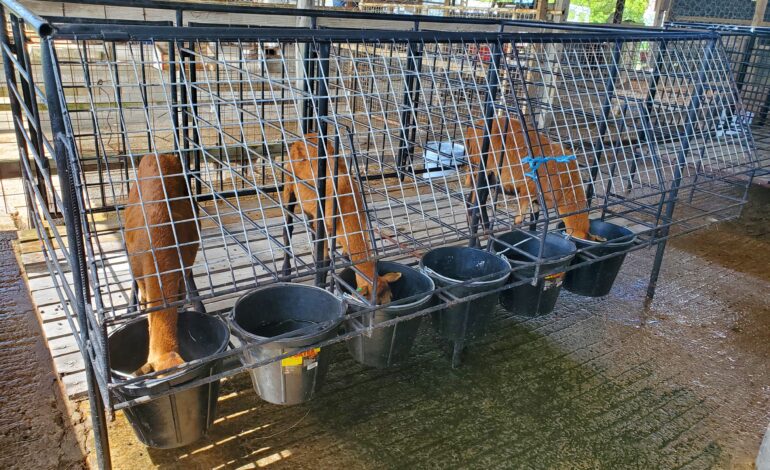
The Food and Agriculture Organization of the United Nations (FAO) and The Caribbean Agricultural Research and Development Institute (CARDI) teamed up recently to host a virtual Fish Silage for animal feed Workshop for 25 participants and stakeholders.
Fish silage is the conversion of the parts of the fish that are typically discarded into safe and nutritious products for the consumption of livestock. The unutilized fish parts can be converted into liquid fish silage with the help of enzymes in the fish itself, as they break it down into smaller pieces, and an added acid, which helps speed up the process while preventing bacterial spoilage.
Presently, there are 585 tonnes of fish wastes generated at two main public fish markets and 936 tonnes at private industries within Barbados per year. This project seizes this opportunity and diverts the protein source of fish offal that is normally destined for the landfill, towards a better use; the production of a fish silage-based feed resource. It also aims to improve the profitability of livestock farmers by reducing their feed expenses, and enabling them to satisfy the demand for small ruminants in the local market. Since the cost of animal feed may still pose challenges to some farmers, the fish silage can be an affordable and nutritious option they can explore.
The testing of the fish silage on sheep and rabbits over 6 and 10 weeks respectively was hosted at the Animal Nutrition Unit and from observation, the fish silage feed was proven to be acceptable and palatable for the sheep, and nutritional lab analysis showed that this feed has 20.8% crude protein which was higher than the commercial feed. Based on the data collected thus far with the sheep trial, over a 7-week feeding period, with an experiment with 12 animals split into two groups (6 sheep per group) allocated to the commercial feed (control group) and the fish silage feed (test group), there were no significant differences detected between groups for average daily weight gain. In simpler terms, there was no advantage or disadvantage found in the experiment for using one feed over in terms of average daily weight gain; the fish silage test feed was just as good as the commercial feed.
The molasses-based fish silage feed was tested in a smaller experiment with 8 rabbits, however the data analysis is to be finalized. So far, based on observation, the fish silage feed was proven to be acceptable and palatable for the rabbits and nutritional lab analysis showed that this feed has 16.7% crude protein. In the coming weeks, when enough data is collected, a further data analysis will be done to compare the average daily weight gain between the molasses-based fish silage and the commercial rabbit feed.
In the near future, there will be engagement with project partners, feed producers, farmers, and any interested persons during a workshop to provide step-by-step instruction of feed production and to share knowledge on the results of the feeding trial experiment, as well as provide a cost-benefit analysis of two types of fish-silage based feed. The establishment of a national platform of fish loss and waste to promote the utilization, share information and experience, is another important future output of this project.
Yvette Diei Ouadi Chief Fisheries and Aquaculture Officer at FAO stated that the ultimate target of the fish silage workshop, if indeed the tests are proven, is to use market forces to drive sustainable businesses with the realization of increased value of fisheries products by fish processing operators, and reduced operating costs by livestock actors. She also highlighted that through the project Developing Organizational Capacity for Ecosystem Stewardship and Livelihoods in Caribbean Small-Scale Fisheries (StewardFish), further work was conducted to support a women’s association in starting a business, the Central Fish Processing Association- with a market viability assessment, a business plan and soon a capacity development in silage production.
James Paul, Chief Executive Officer of the Barbados Agricultural Society who attended the workshop stated, “The fish and silage workshop represents an example of the effort to diversify input sources. This is necessary for two reasons first the need to use local raw material inputs and secondly, the need to utilize waste for further processing. The possibility of the use of fish silage to provide an alternative feed input cannot be underestimated. However, that must be an approach that aims for commercial feasibility”.
Meanwhile, Renata Clarke, Subregional Coordinator at FAO stressed that the collaborative project with CARDI aims at creating opportunities for new agri-businesses, while increasing self-reliance and demonstrating the possibilities of the “circular economy” which creates value of what was previously considered as waste. She added that once the farmers adopt the fish silage feed then an increase in livestock, meat production and an enhanced earnings for livestock farmers is a real possibility.

